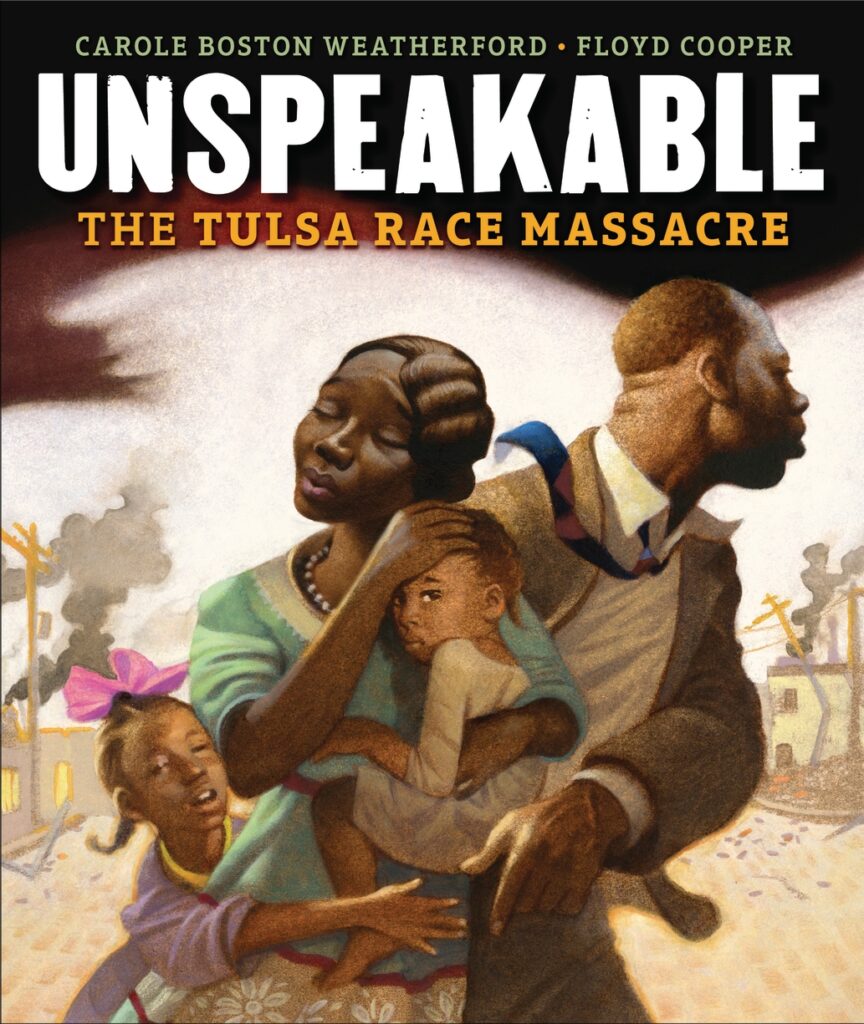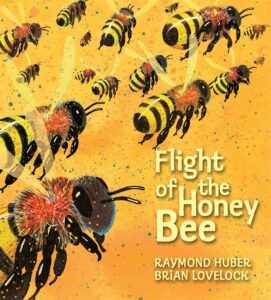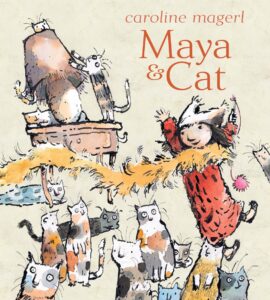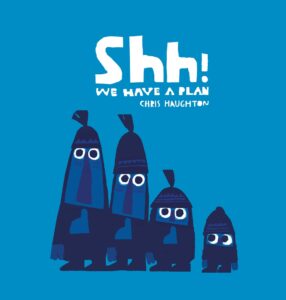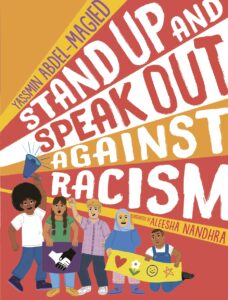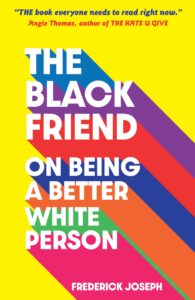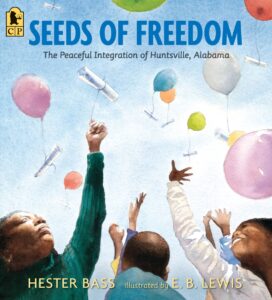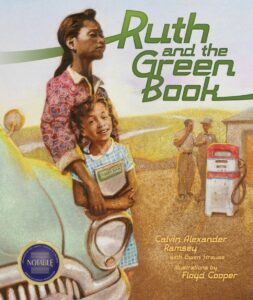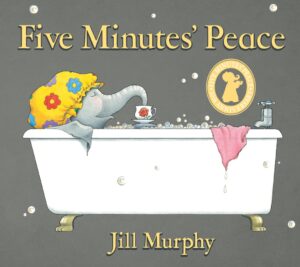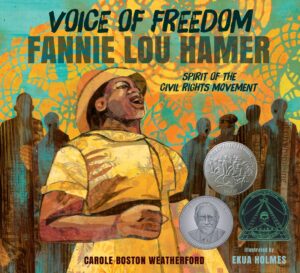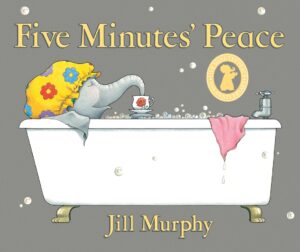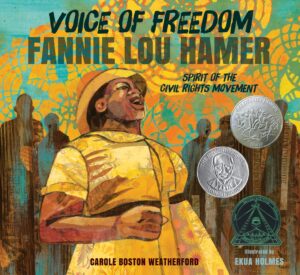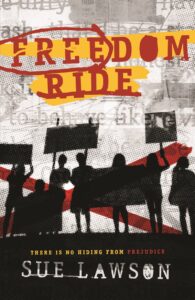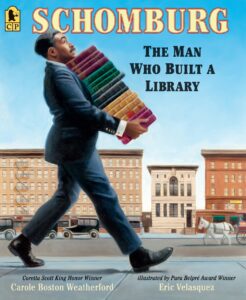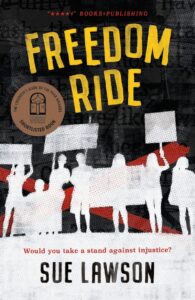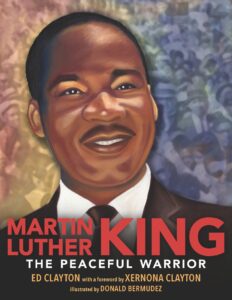Unspeakable
The Tulsa Race Massacre
Age 8+
Children's & Young Adult Fiction & True Stories
A remarkable look at a significant moment in our nation’s past, shedding light on racial violence and offering hope for a better future.
Celebrated author Carole Boston Weatherford and illustrator Floyd Cooper provide a powerful look at the Tulsa race massacre, one of the worst incidents of racial violence in our nation's history. The book traces the history of African Americans in Tulsa's Greenwood district and chronicles the devastation that occurred in 1921 when a white mob attacked the black community.
News of what happened was largely suppressed, and no official investigation occurred for seventy-five years. This picture book sensitively introduces young readers to this tragedy and concludes with a call for a better future.
Creators
Carole Boston Weatherford is the author of numerous award-winning books. When she's not traveling or visiting museums, Carole is mining the past for family stories, fading traditions, and forgotten struggles. She lives in North Carolina.
Floyd Cooper is a Coretta Scott King Award winner and the illustrator of Ruth and the Green Book. Floyd received a degree in fine arts from the University of Oklahoma. He lives in Easton, Pennsylvania.
Reviews
A somber, well-executed addition to the history as the incident approaches its 100th anniversary.
Kirkus Reviews
‘Once upon a time in Tulsa, there was a community called Greenwood.’ This Black community was rich in money, love, and culture. So much so that white people searched for any reason possible to tear that community down. This tragic, painful event in American history calls into question notions of freedom, equality, and opportunity ostensibly promised to Black Americans following the emancipation proclamation, and it’s particularly pertinent in the current sociopolitical landscape, which is throwing a spotlight on systemic racism in America. Weatherford draws on the folktale flourish ‘once upon a time’ to set a scene that feels far away and removed from our present reality, while Cooper’s soft strokes of muted greens and sepia browns capture the event in a haze of both joy and mourning for the beauty of what Black Tulsa was. Unlike many historical picture books, Weatherford’s doesn’t shy away from naming white people as the perpetrator. This will cause obvious discomfort for some but will be the catalyst for conversation and change if read with eyes toward justice. Included are author’s and illustrator’s notes that explore their personal connections to the Tulsa Race Massacre in addition to photographs of Greenwood at the time of the massacre and today. Ideal for classroom libraries and a deeper study of American history, this title is a must-have for those seeking the painful and complete truth.
Booklist
In 1921, over the course of sixteen hours, the Black community of Greenwood, in Tulsa, Oklahoma, was all but destroyed, with most of its residents left homeless, injured, or dead. In picture-book form, Weatherford and Cooper skillfully present this history to young people. Great care is taken to describe the Greenwood community as it once was: known as ‘Black Wall Street’ and home to Black professionals and working-class folk alike, ‘where some say Black children got a better education than whites.’ Small details add to the authenticity of the narrative, such as Miss Mabel’s Little Rose Beauty Salon, where ‘maids who worked for white families got coiffed on their day off and strutted in style.’ Far from romanticizing history, Weatherford is equally descriptive in explaining how a false accusation of assault brought simmering racial tensions to a violent end, with a white mob ‘looting and burning homes and businesses that Blacks had saved and sacrificed to build.’ Many survivors left the area, and those who stayed ‘did not speak of the terror.’ Not until 1997 was the little-known incident investigated and discovered to be not a ‘riot’ but a massacre—abetted by both police and city officials. Cooper’s illustrations (‘oil and erasure’) are the perfect partner to this history, the sepia-toned images resembling historical photographs. The portraits of Black residents are particularly moving, seeming to break the fourth wall to implore the reader to remember their story. The author’s and illustrator’s notes provide additional information, including their individual connections to the topic.
The Horn Book Magazine
